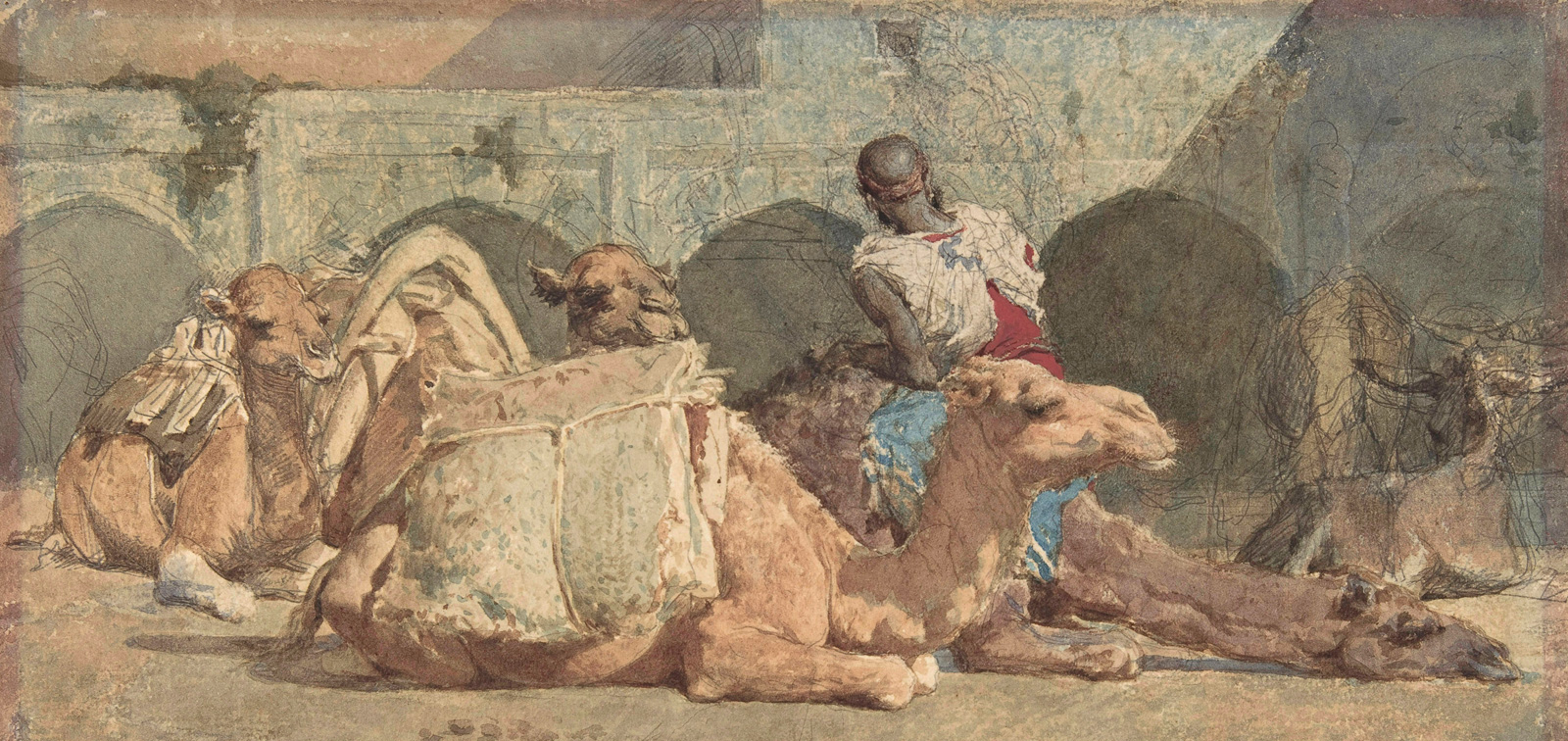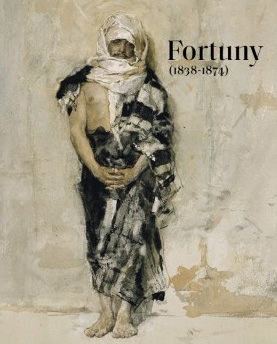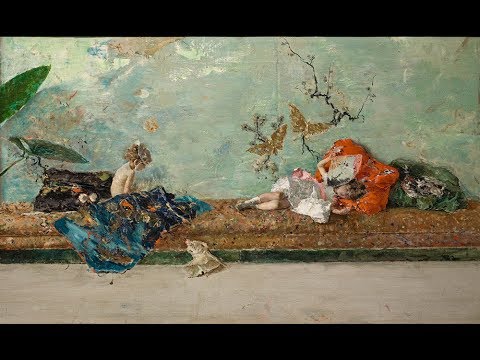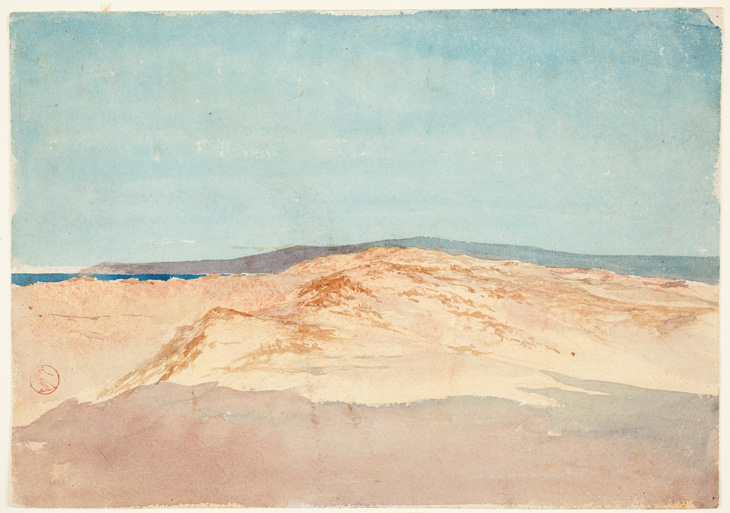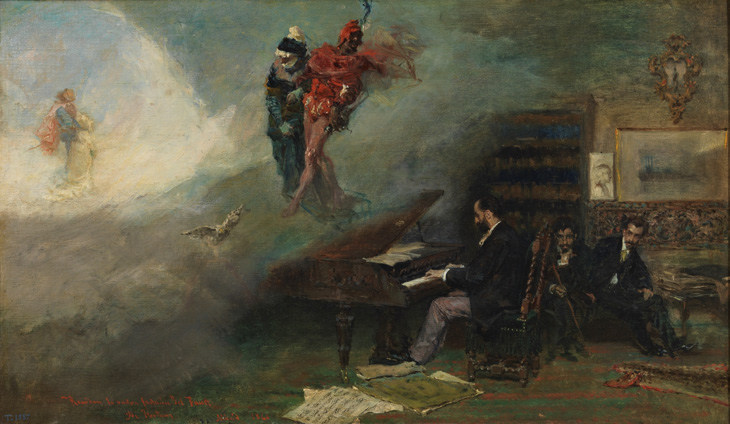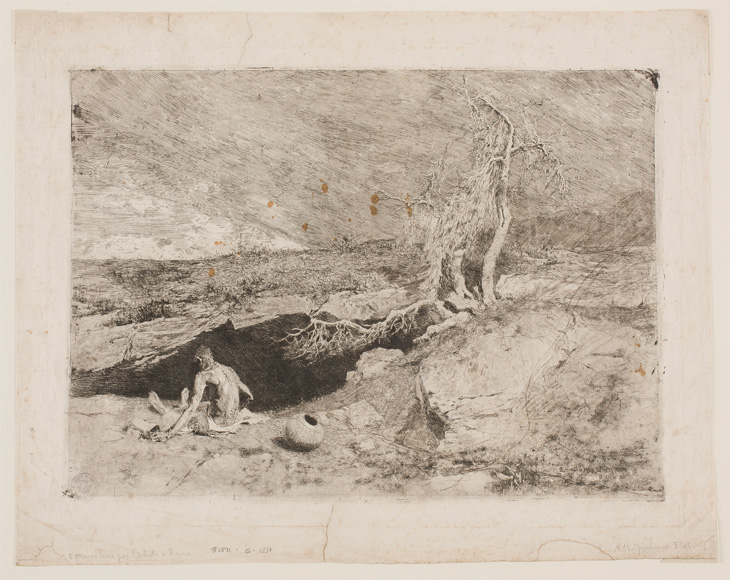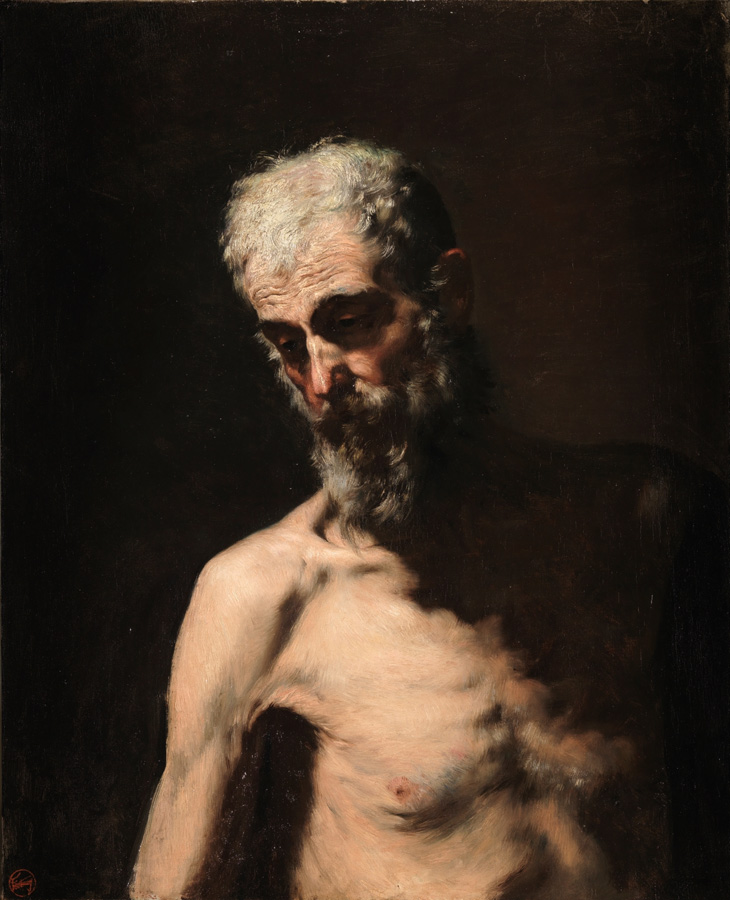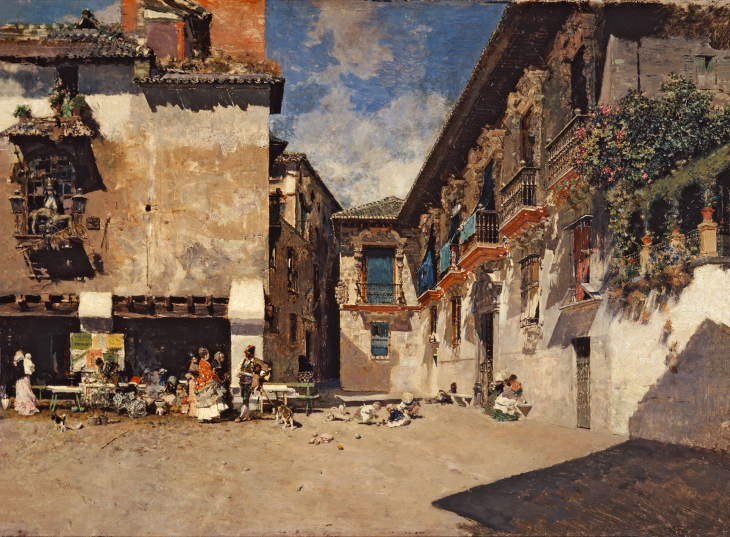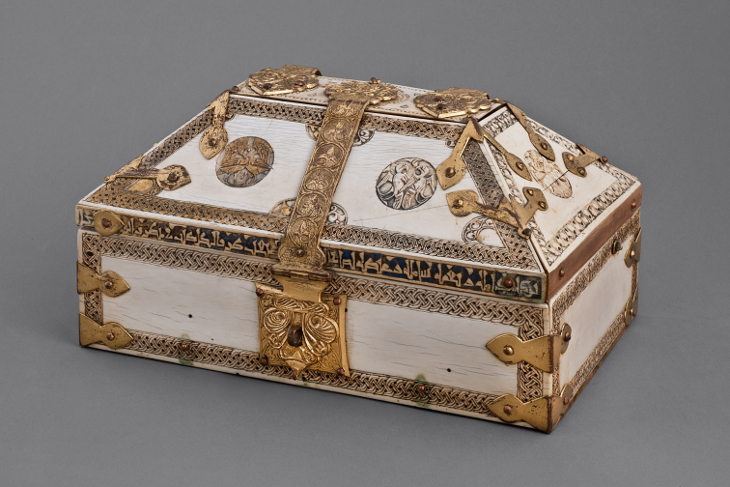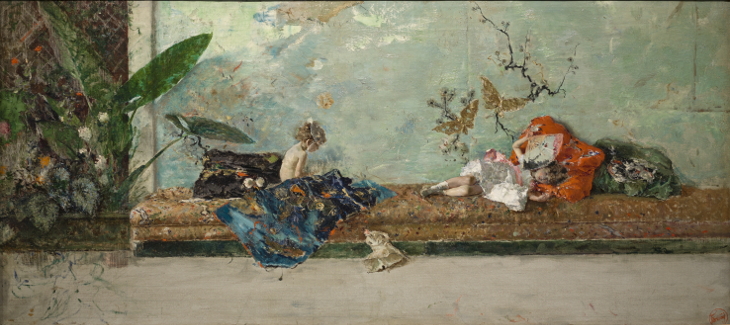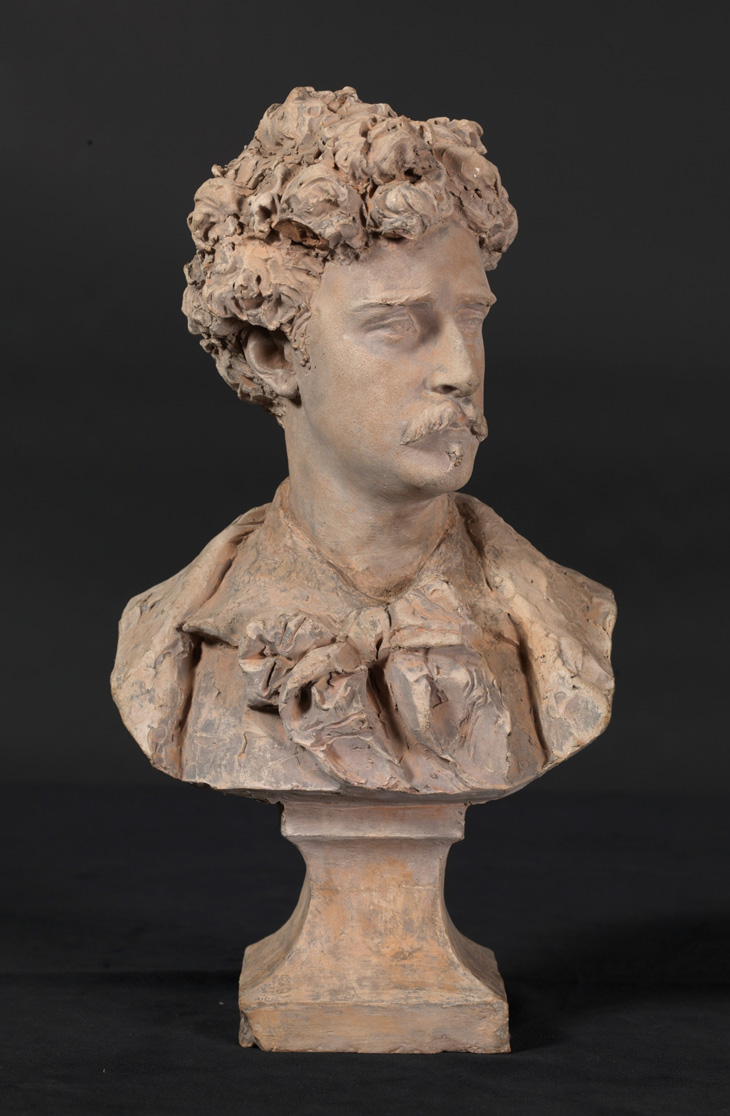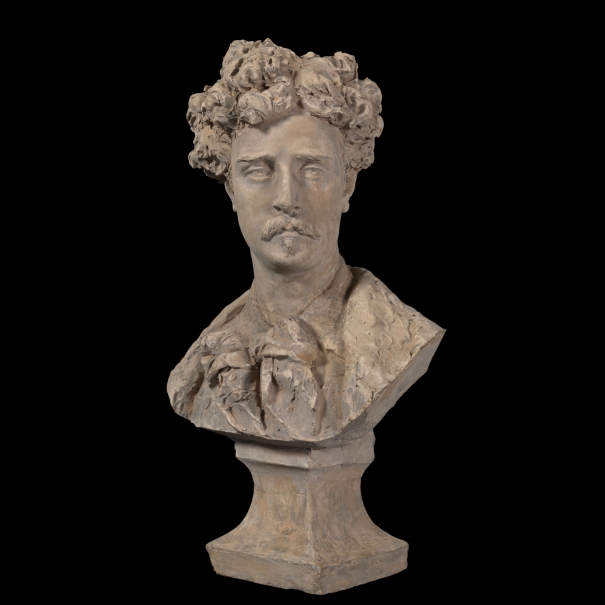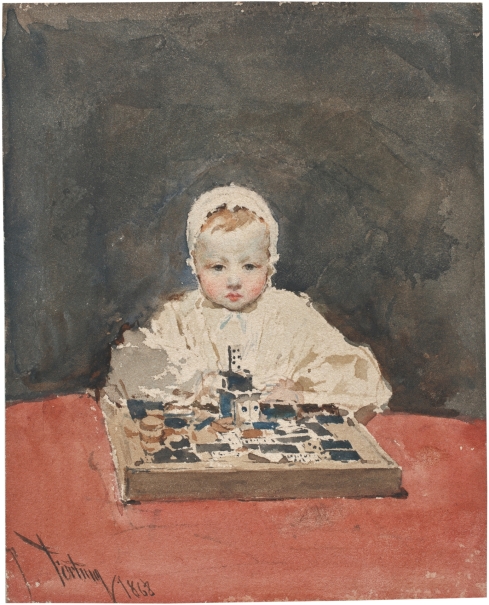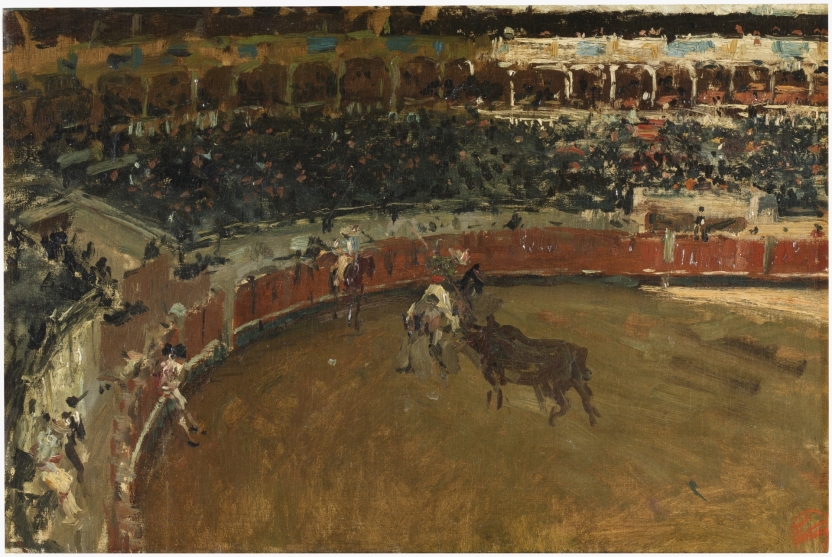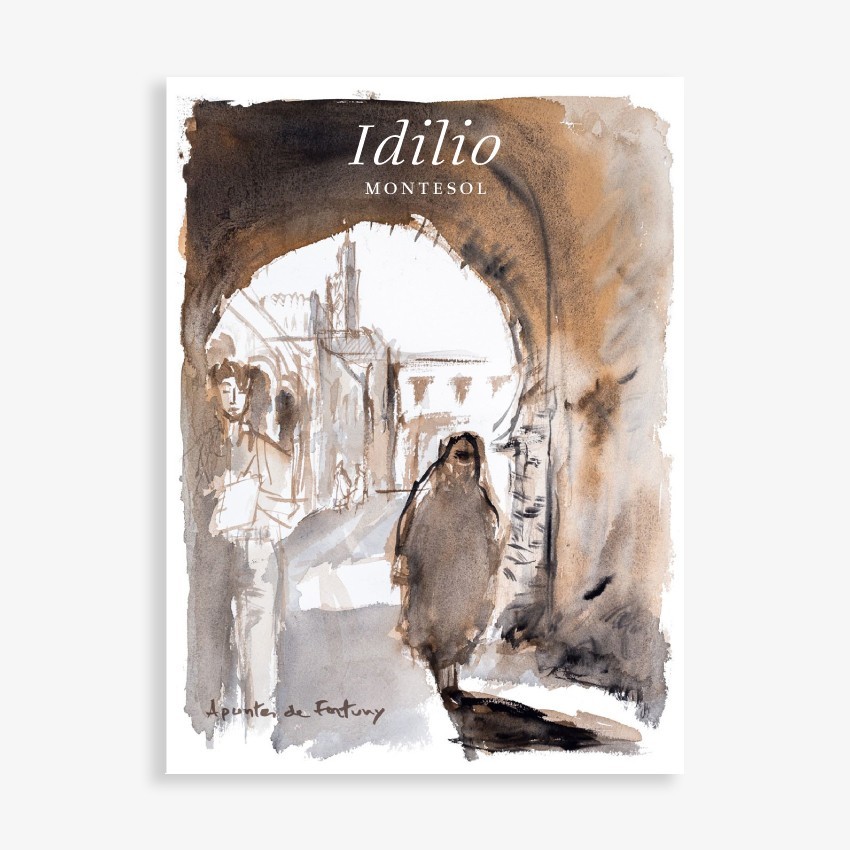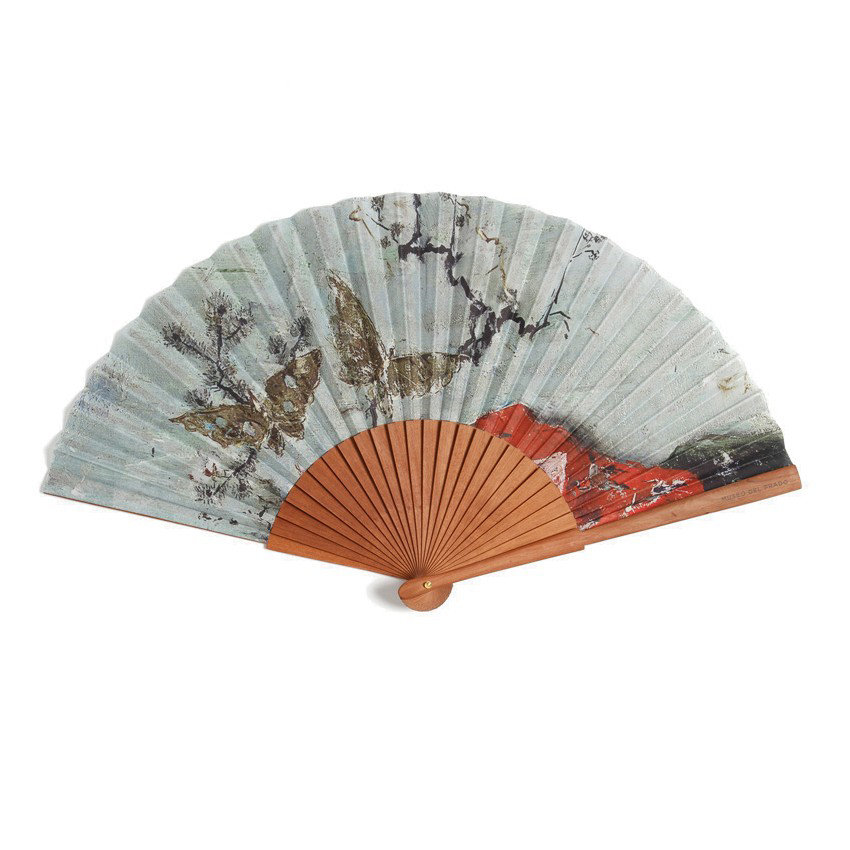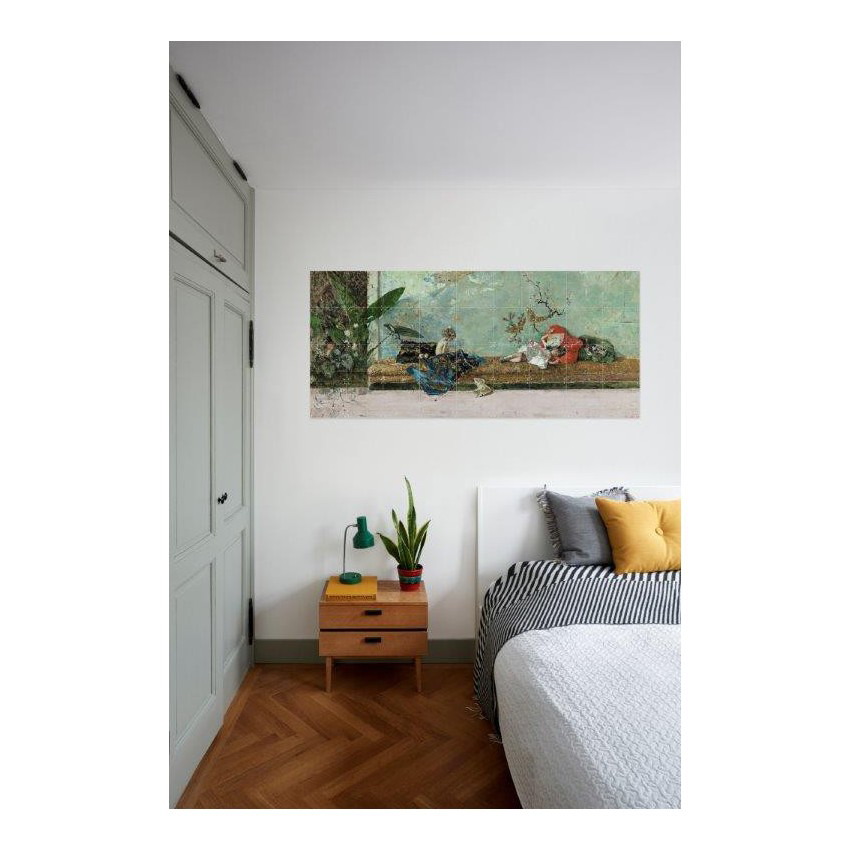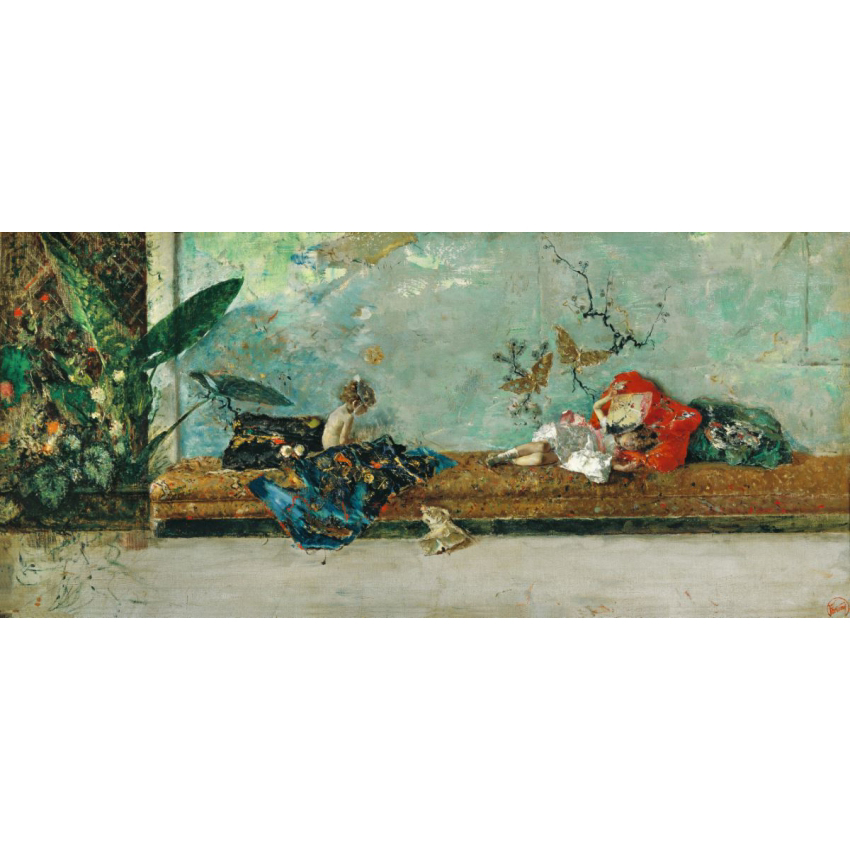Continuing the Museo del Prado’s strategy, launched some years ago, of reassessing the great masters of 19th-century Spanish painting, the Museum is now presenting the major exhibition Fortuny (1838-1874), sponsored by Fundación AXA and with the special collaboration of the Museo Fortuny in Venice and the Museu Nacional d’Art de Catalunya.
Devoted to one of the 19th-century Spanish artists who has enjoyed the most sustained reputation and greatest international fame, and a notable figure within Spanish art of all periods, the exhibition is on display in Rooms A and B of the Jerónimos Building from 21 November 2017 to 18 March 2018.
While Mariano Fortuny has long been celebrated in the specialist literature and through the numerous exhibitions and different initiatives of varying quality and importance that have been devoted to him in recent decades, his stature as an artist and his profound roots in the most authentic tradition of the great Spanish School justify a focus on the part of the Prado of the same level of ambition and importance as those which the Museum has dedicated to the most important artists represented in its collection.
Curated by Javier Barón, Chief Curator of 19th-century Painting, the exhibition is structured as a chronological survey of Fortuny’s contributions as a painter, watercolourist, draughtsman and printmaker. In addition, visitors can appreciate works from the artist’s remarkable collection of antiques that he had in his atelier. These precious objects, some of them now housed in the world’s leading archaeology museums, reveal Fortuny’s interest in careful observation and explain his extremely refined ability to capture texture, colour and light in his own creations as well as the remarkable virtuosity of his work, which rapidly extended his fame among Europe and America’s leading collectors.
The first section of the exhibition is devoted to Fortuny’s formative years in Rome and includes works that reveal his precocious maturity, evident in his pencil, chalk and charcoal life studies, his watercolours (Il contino) and his oils (Odalisque). Although he went to North Africa to paint episodes from the Spanish-Moroccan war (The Battle of Wad-Ras), what most interested him were the different local peoples and their customs (Arab Fantasia), an inspiration that reappeared throughout the rest of his career and made his contribution to European orientalism a particularly unique one.
Between 1863 and 1868 Fortuny focused on portraiture (Mirope Savati, never previously exhibited in Europe), on large-scale decorative painting (Queen María Cristina and her Daughter, Queen Isabella, reviewing the Artillery Batteries defending Madrid, now shown in its original position), and on copies of the great masters in the Prado (El Greco, Ribera, Velázquez and Goya), the latter helping to giving his art greater depth and complexity. He achieved new success in the 1860s with his oils and watercolours on 18th-century subjects (The Print Lover and The Spanish Wedding) and Arab ones (Arab Chief, A Moroccan, The Tapestry Seller, A Street in Tangiers, and Opium Smoker). Fortuny particularly developed the latter interest during the time he spent in Granada between 1870 and 1872 and that city also inspired genre scenes in composite architectural frames (Noblemen’s Pastimes, Luncheon at the Alhambra and Old City Hall in Granada). Most innovative of all, however, were the artist’s first-hand depictions of objects, figures (Nude old Man in the Sun), gardens and landscapes in the form of oils, watercolours, ink and pencil. Works such as The Carrera del Darro, Granada, never previously seen outside the British Museum, reveal his ability to capture atmosphere through a new and fresh type of colouring.
Having returned to Rome, in 1873 Fortuny focused on Arab themes using a more synthetic technique (Arab leaning against a Tapestry and Arab Fantasia outside the Gate of Tangiers), looked at the reality of daily life (Carnival on the Corso, Rome), and completed various genre paintings he had started some years before, such as The Choice of a Model. A period spent that year in Portici near Naples offered him a direct contact with nature which brought a new awareness of local colour and coloured shadows to his paintings of nude children on the beach (including a group of four, two never previously exhibited), and to his landscapes such as Street in Granatello, Portici and Neapolitan Landscape, recently acquired by the Prado. Fortuny’s watercolours are seen at their best in two examples of Landscape at Portici from this period (one exhibited for the first time), and in his portraits of Cecilia de Madrazo and Emma Zaragoza.
The participation of major institutions around the world has ensured the outstanding quality of this exhibition. The special collaboration with the Museo Fortuny in Venice and the Museu Nacional d’Art de Catalunya has been particularly important due to the large number of loans from those museums.


